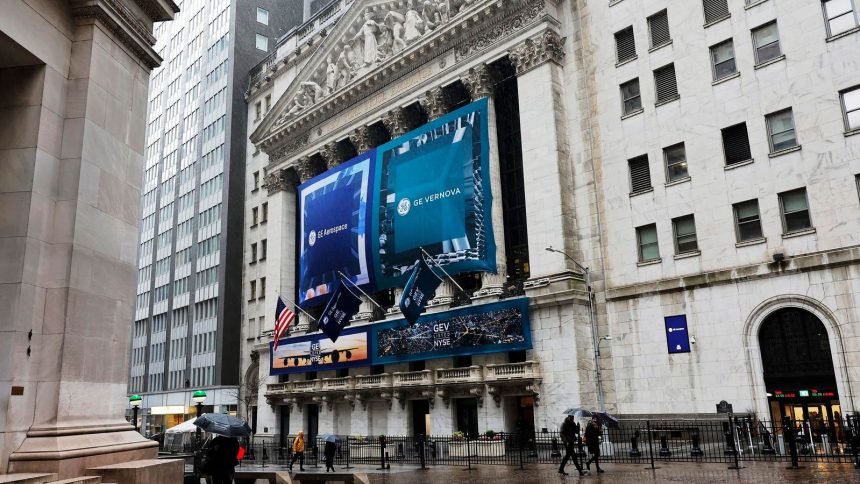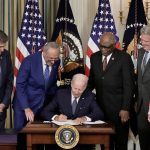The S&P 500 has been basking in historically low volatility since January 2023, sparking discussions, debates, and speculation over how long this trend can persist. At the heart of this discussion is the VIX index, a widely recognized barometer for expected market volatility. As the VIX rises, so does the expected volatility of the S&P 500, and vice versa. As a result, the relationship between the VIX and the S&P 500’s value has been a cornerstone for market analysis.
Historically, market corrections and bear markets become common when the VIX spikes to levels exceeding 25. Conversely, when the VIX hovers below 20, it tends to act as a tailwind to stocks, fostering sustainable market rallies. However, the last year and a half stood out as a period of exceptionally smooth sailing with minimal volatility, a notable deviation from the norm over the last decade.
The Anomaly Of Minimal Volatility
The anomaly becomes strikingly evident when we delve deeper into historical numbers. Since 2007, the VIX has averaged 47 days per year with readings surpassing the critical level of 25. Over the last decade, this number has been slightly reduced to 32 days per year. However, the standout anomaly is the mere two trading days with a reading of 25 or greater since January 2023, underscoring the unprecedented tranquility in the market.
While highly unusual market events tend to revert to their long-term averages, it’s crucial to acknowledge that this reversion doesn’t always happen immediately. Market anomalies often persist longer than investors anticipate. Conversely, banking on perpetually lower average volatility is likely a bad bet.
Notably, the VIX crossed over 20 in recent days, as reported by Reuters, coinciding with modest losses in the S&P 500 over the past weeks. This shift in dynamics raises the possibility of the first sustained volatility event since Aug 26, 2022, when the VIX climbed above 25 and maintained high levels for multiple weeks. If volatility sustains this time above 20 the probability of at least a run-of-the-mill correction in the S&P 500 of around -10% grows significantly.
Factors Influencing Market Volatility
Despite these developments, the probability of a correction entering bear market territory remains low, thanks to numerous macroeconomic supports woven into the market. The U.S. government’s substantial direct spending has fueled seemingly unstoppable economic strength for Main Street America, with deficit spending acting as a direct stimulus into an already robust economy.
However, some risks loom on the horizon, particularly the potential reacceleration of inflation. Recent months have witnessed inflation surpassing consensus expectations, raising concerns about its re-emergence. Nevertheless, unless the Federal Reserve lowers interest rates in the face of rising inflation numbers, significant inflation is unlikely to materialize. The more probable scenario involves the Fed continuing to defer rate cuts, prolonging the inflation debate.
Prudent investors should exercise caution and patience in the current market landscape. As volatility picks its direction, it’s generally wise to refrain from adding additional risk while waiting to see if volatility sustains itself. Given the tendency over the last year and a half for volatility to retreat as the VIX nears 20, leading to continued favorable stock returns, investors should monitor if the VIX crosses 20 and sustains those levels before considering hedging or derisking significantly.
The low volatility phenomenon can be attributed to several factors. Most notable is the strength of the U.S. consumer, which forms 70% of GDP as reported by The Associated Press, driving robust consumption and a historically strong labor market. However, a significant event like the continued increase in the rate of inflation or more serious geopolitical events causing additional supply chain issues could usher in a return to a more historically normal volatility regime with more frequent episodes of higher volatility.
As the market navigates this pivotal juncture, prudence and strategic vigilance will be key in charting the course ahead.
Read the full article here
















